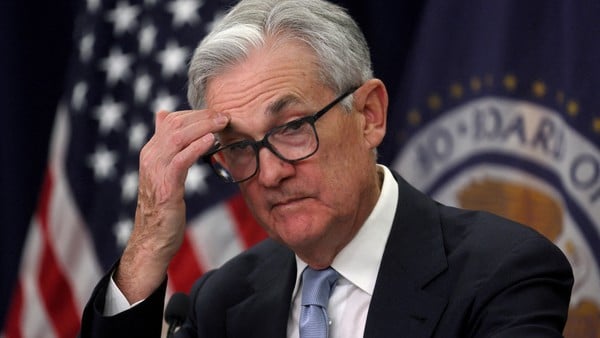Global Courant 2023-05-03 23:05:29
It is a new attempt to control inflation. It is estimated that it will not be modified again in the short term.
The Federal Reserve raised interest rates again by a quarter point on Wednesday, the tenth consecutive rise in the fastest series of increases in four decades. But experts estimate that it could have been the last increase, at least for now.
Fed officials had signaled they may stop raising interest rates once they reach a range of 5% to 5.25%, the level it reached with Wednesday’s hike.
That is why the experts are more attentive now to what is coming. With the rate hike, the Fed sought to curb inflation without affecting growth too much, but it has also suffered additional complications such as the recent banking crisis that upended medium-sized entities such as Silicon Valley Bank and the Republic. All this occurs in the midst of a strong fight for the increase in the debt ceiling of the United States, which if it is not raised could lead the country to default.
That’s why Fed officials have been weighing each increase cautiously. But the economy has been fairly resilient and inflation is showing staying power, which could make some Fed officials feel like they still have work to do.
Jerome Powell, head of the US Federal Reserve. AP Photo
The price index reached 9.5% last year and has been falling until reaching an annualized 5% in March.
The difficulties
It’s a touchy subject: When the Fed raises interest rates to bring down inflation, it makes it more expensive and harder for families to borrow to buy houses or cars or for businesses to borrow money for expansions. This slows consumption and also the hiring of personnel. As wage growth plunges and unemployment rises, people become more cautious and the economy slows further. In this scenario, inflation would fall.
The Fed has raised rates from nearly 0 to 5 percent. The last time rates eclipsed 5 percent was in the summer of 2007, before the global financial crisis.
These increases have caused “collateral” damage. Three large US banks have failed since March and have had to be bailed out by the government. The theme continued on Monday, with the purchase of the First Republic by JPMorgan.
Many of the banks under pressure in recent weeks have suffered because they did not adequately hedge against rising interest rates, which have reduced the market value of their mortgages and older securities holdings.
Looking ahead, Fed officials will have to consider two issues related to the banking storm: First, whether there will be more trouble with other banks if the rate continues to rise.
PB








